You come home to find your cat curled up in your bathroom sink, wedged behind a pile of books, or somehow squeezed into your shoe. While you’re left scratching your head, your feline friend looks perfectly content in what seems like the most uncomfortable spot imaginable. This peculiar behavior isn’t random or attention seeking – it’s actually deeply rooted in cat psychology and biology.
These strange sleeping choices might seem puzzling to us humans, yet they make perfect sense from a cat’s perspective. Understanding why your cat gravitates toward sinks, shoes, and laundry piles can help you appreciate their fascinating instincts and maybe even provide better alternatives. Let’s dive into the mysterious world of feline sleeping preferences.
Seeking Security Through Enclosed Spaces
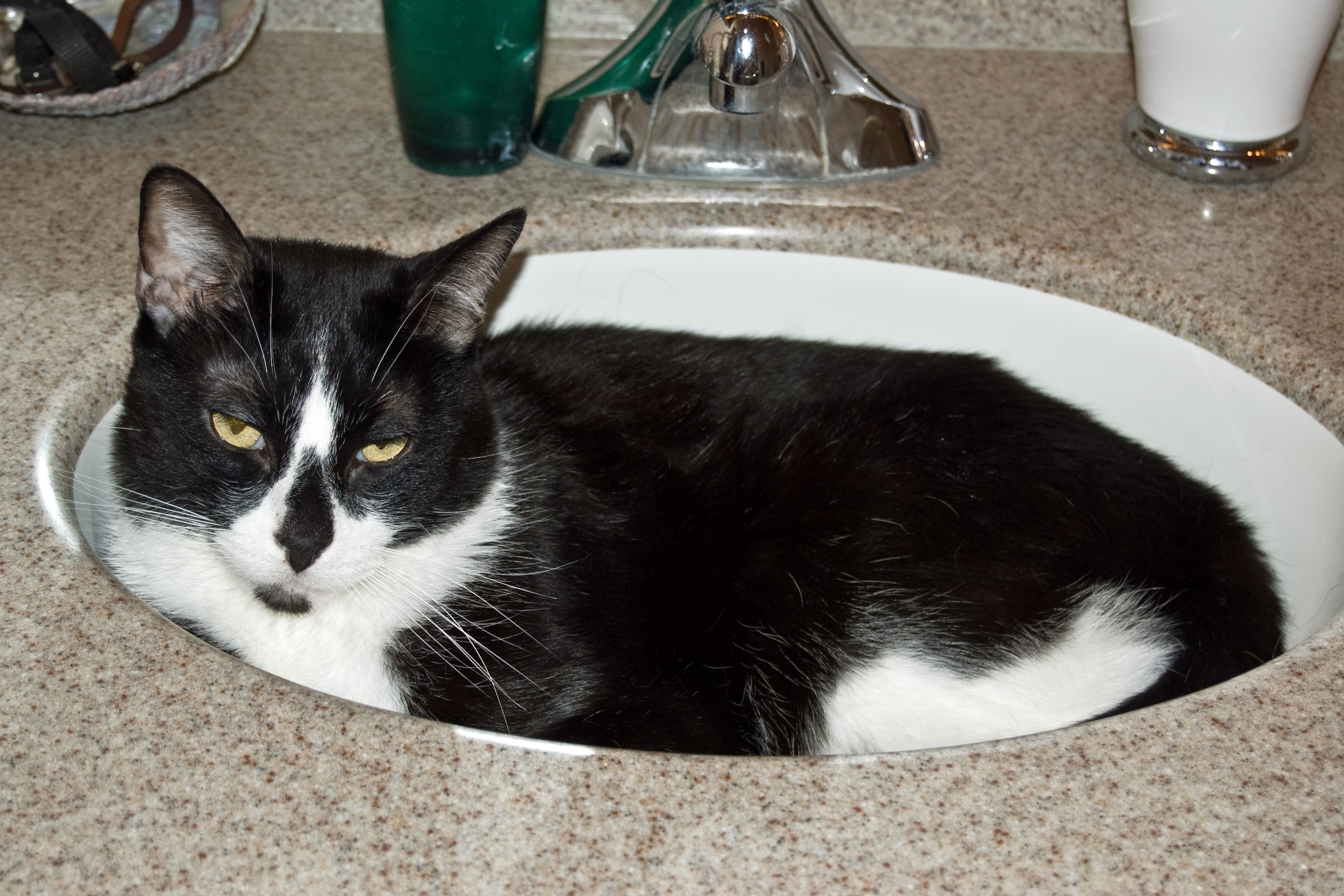
Most cats who need to sleep deeply will seek out a denlike structure. A bathroom sink, as it turns out, seems more secure to a cat than a couch. This preference for cramped quarters isn’t about comfort in the traditional sense – it’s about survival instincts.
Cats don’t need to be constantly alert in spots where they feel enclosed. That is why they tend to cozy up in baskets or boxes. Being surrounded on three sides provides a sense of security, allowing them to relax. Think of it as wearing protective armor that shields them from potential threats while they’re at their most vulnerable.
In this case, they will choose places with only one entrance (and exit) so that they can carefully watch and defend only one direction. When they are enclosed, they know that they do not have to “watch their back”. This is part of the reason that cats like to hide in boxes or baskets.
Temperature Regulation Drives Location Choice
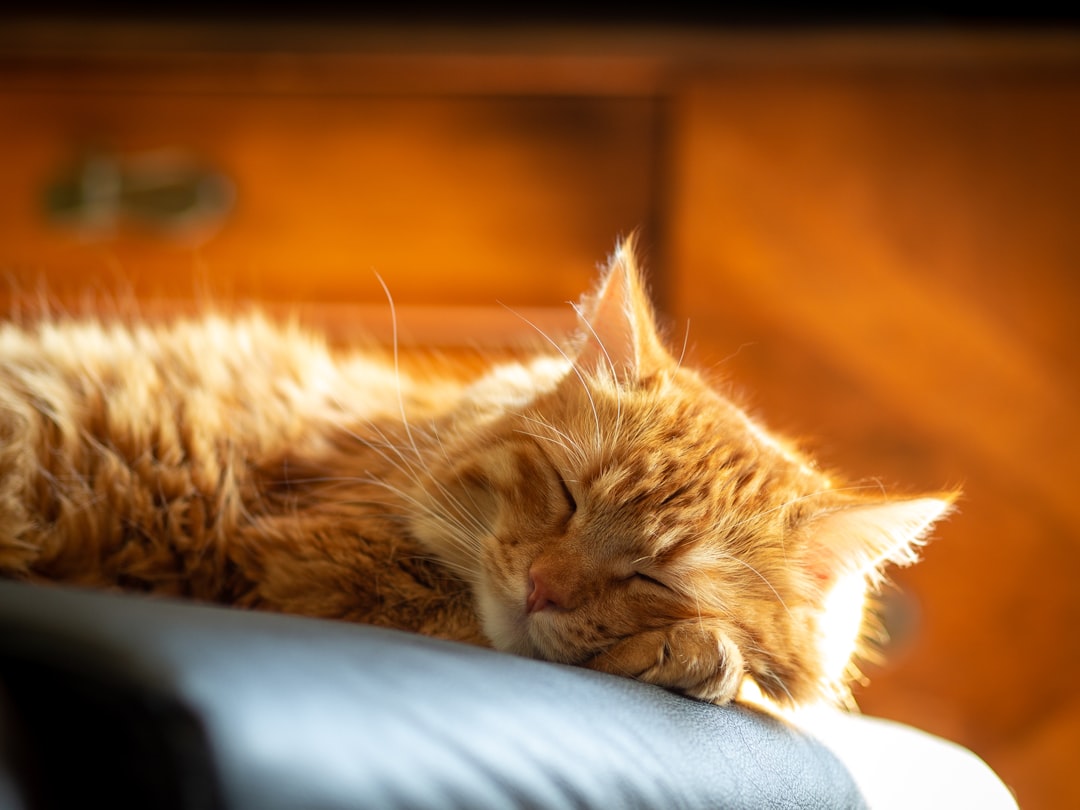
You will probably notice that your cat’s sleeping locations often coincide with significant temperature changes. On cooler days, cats love to sleep in the sun that comes in through a window or may curl up in front of the radiator or stove. When the weather gets warmer, your cat will probably seek out cooler , like a cool linoleum floor or a breezy bedroom.
On hot days, cats seek out cool places to lounge. This is why sinks and tiled floors can become their favorite spots: Sinks contour to their bodies, providing a snug fit. Tiled floors stay cool against their fur. The porcelain surface of a sink acts like a natural cooling pad during warm weather.
The National Research Council (NRC) determined that cats’ thermoneutral zone (TNZ) is between 86º–100.4° Fahrenheit (30º–38º Celsius), so an enclosed basket with warm, freshly cleaned laundry is the perfect place for a pleasant nap.
Wild Instincts Shape Modern Sleeping Habits
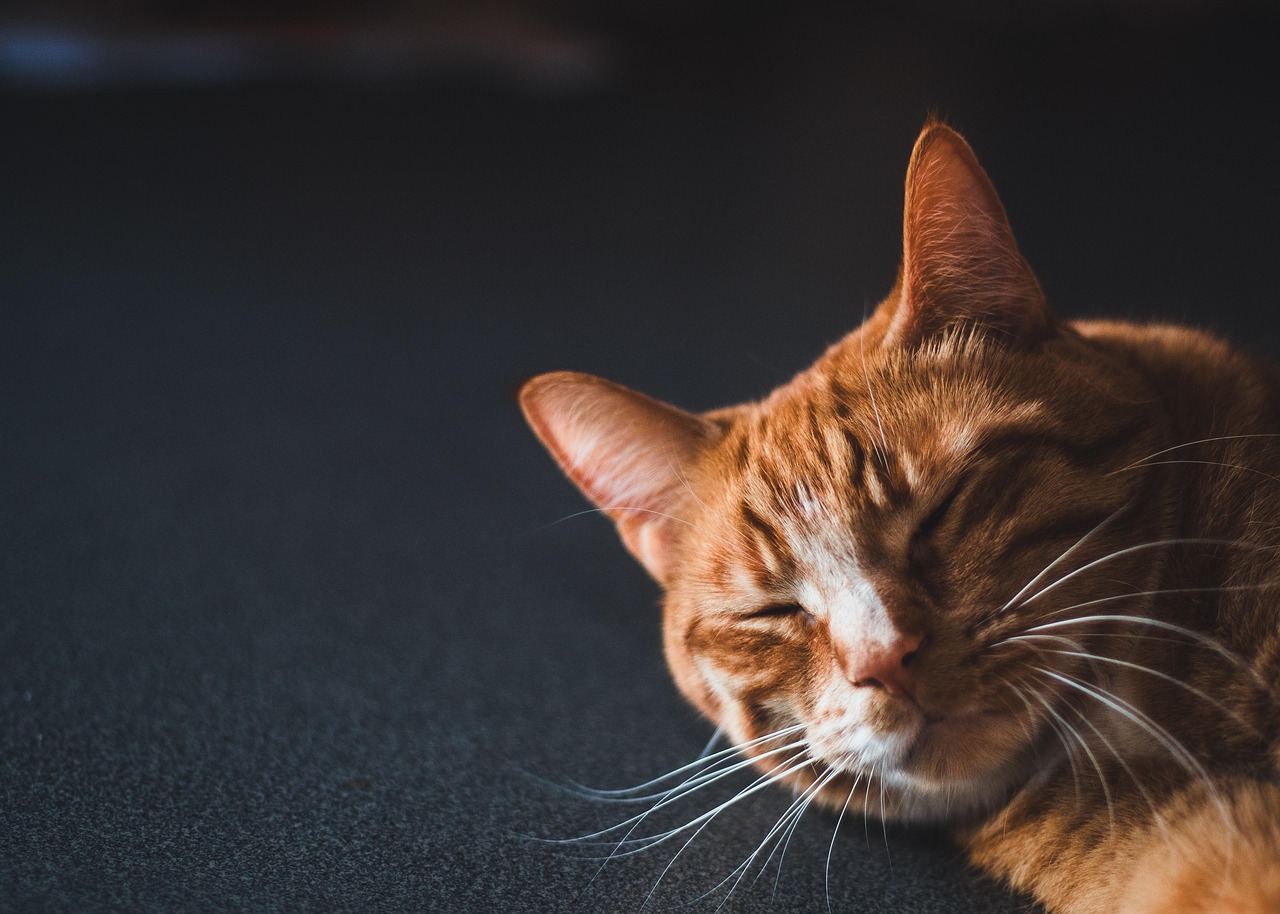
Your cat’s tendency to sleep in weird places is deeply rooted in their wild ancestry. As descendants of wild felines, domestic cats retain the instinct to regularly change sleeping locations to avoid predators and parasites. This nomadic behavior served important survival functions in the wild.
You’ll find that cats often rotate their preferred sleeping area. This behaviour is seen in the African wildcat, which our domestic cat is descended from. They will look for a safe place within their territory and rotate the spot to help keep parasite levels low.
Just as your kitty seeks out a safe spot to sleep, she thinks she needs to move frequently to protect herself. While she may not have to worry about predators much now, she still retains the instinct to switch sleeping spaces. Even your pampered house cat carries this ancient programming.
High Places Provide Strategic Advantages

Your cat may choose a napping spot that is high above everything. In nature, they need to be able to see all around themselves when they are at their most vulnerable (sleeping) and they may also choose a spot that is easily defended or to escape from. For example, it might have more than one way to get away in a hurry.
Just like snug spaces, high spaces also have their draw, even if they’re completely open. Your cat can feel comfortable that they’re beyond anyone’s reach, while also surveying the ground for potential “prey” to pounce on – that’s a double treat! The top of your bookshelf isn’t just a resting spot – it’s a command center.
It’s crucial to understand that cats naturally prefer high spots for rest, as it instills a greater sense of security. “Cats want to have a good vantage point because don’t forget, cats operate too. And they wanna be high up and they want to be able to look around the room to see if anything’s coming to get them,” expressed Amanda.
Your Scent Provides Comfort and Connection
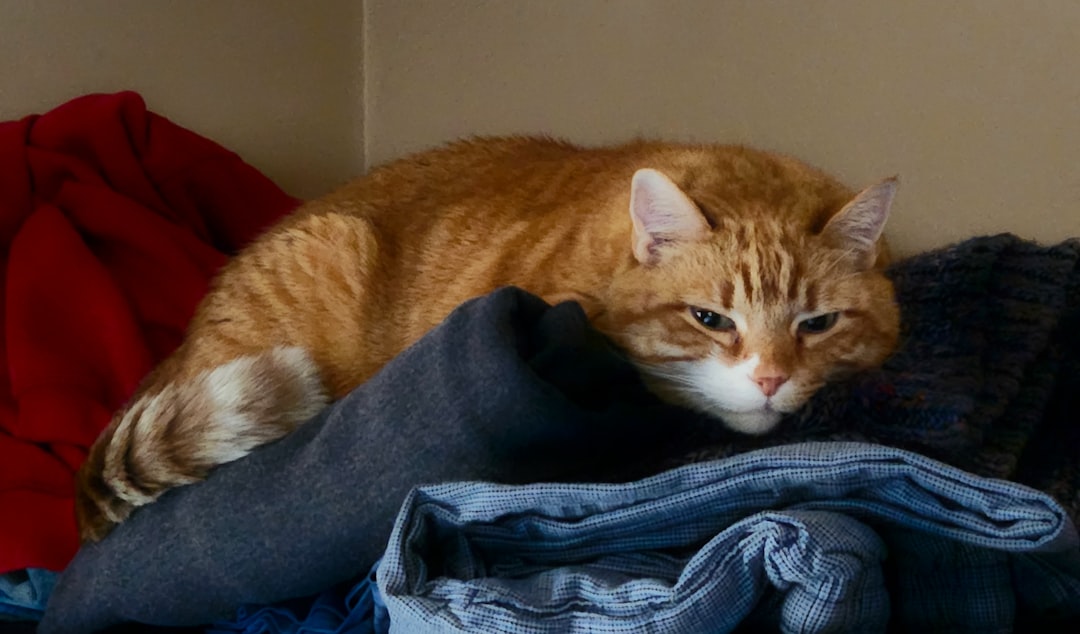
Generally, cats will seek out high places, warm places, or anywhere really where they feel safe. Cardboard boxes, sinks, or even your shoes carry familiar and comforting scent, so that’s why they like to lie on your shoes, because it’s a scent that’s very comforting to them. It’s familiar.
This might explain why your cat likes sleeping on your clothes: it’s because it smells like you, their favorite human! Believe it or not, you have a distinct smell to your cat that other humans can’t pick up on. And when you wear an item of clothing, you leave that scent behind.
I think they’re just trying to keep the connection. It’s the next best thing to you being there and it comforts them. It’s like a treat, that pile of clothes. Your worn shoes or dirty laundry become security blankets when you’re away.
Laundry Piles Offer Multiple Appeal Factors
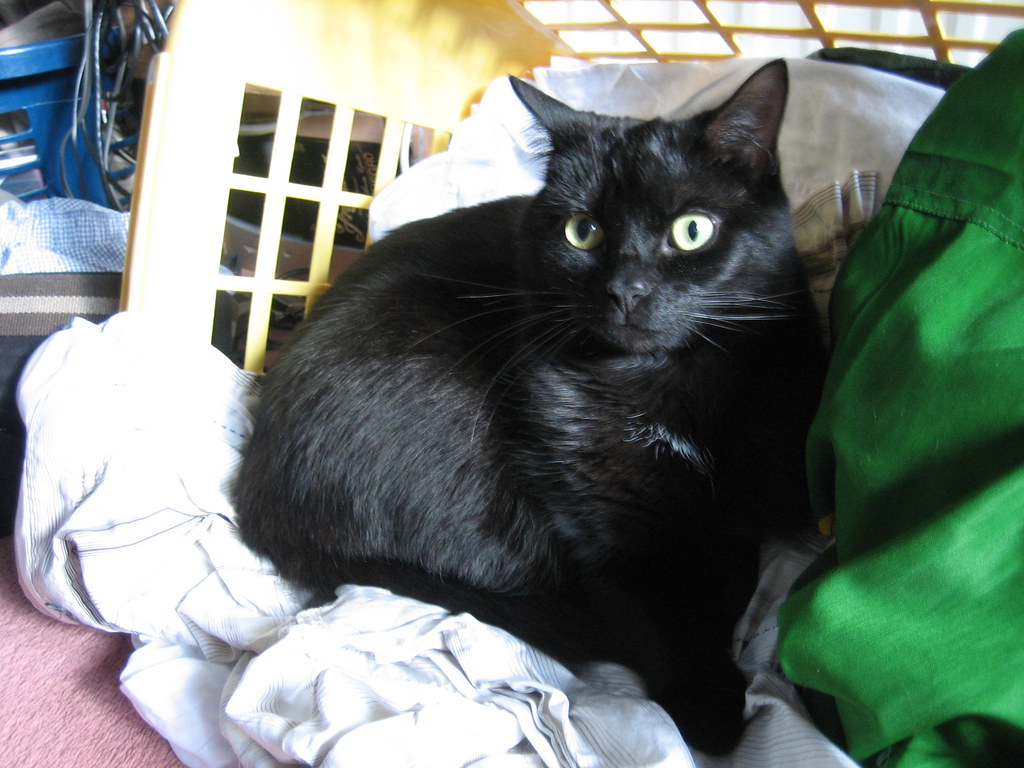
Laundry baskets and piles of clothes provide enclosed, cave-like spaces that appeal to cats’ natural desire for secure hiding spots. This preference stems from their wild ancestors’ need to find protected areas for rest and observation. The laundry basket becomes a fortress with soft walls.
This is because felines seek out warmth. Hence, part of the appeal of burrowing into your laundry hamper is that it’s a warm and soft place to sleep! Fresh from the dryer, your clothes create an irresistible warm nest that cats simply cannot ignore.
The soft, plush textures of fabrics mimic the softness of a mother’s fur, providing a cozy spot for a nap. Your clothes, especially those fresh from the dryer or still carrying your body heat, offer an irresistible source of warmth. This preference for warmth is instinctual, with cats naturally seeking out warm spots for rest and relaxation.
Pain or Illness Triggers Location Changes
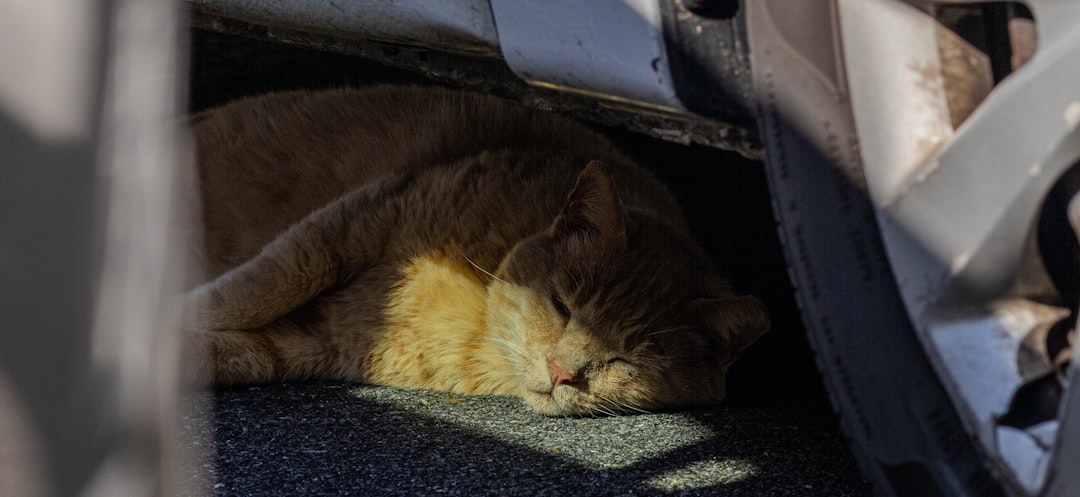
A cat sleeping in strange places can indicate that the cat is in pain. A cat who has developed arthritis may seek out softer, more comfortable . If a cat is in pain, they may try to avoid contact with humans by sleeping in areas that are hard for you to access, such as under the bed or in a closet.
If your cat has a chronic health condition, such as arthritis, switching up where they snooze may help them find relief from their pain. If their usual sleeping spot is up high or in a hard-to-reach spot, their pain may make getting there difficult. Instead, they may seek a soft bed that’s easy to get into or even cuddle up on top of a blanket or near a direct heat source.
If your cat is battling an illness, minor or major, they may start sleeping in new spots. For example, a cat with a urinary tract infection may sleep in or near their litter box so that when the urge to urinate hits, they’re already where they need to be. Sudden changes in sleeping patterns warrant veterinary attention.
Stress and Environmental Changes Influence Choices

Your cat may find other sleeping arrangements if there has been a change in their routine or environment. For example, if you’ve just moved into a new home, your cat must acclimate to the new surroundings and seek a comfy spot to sleep. It may take a while, leading to your cat sleeping in odd places.
Several issues can cause your cat stress and anxiety and convince them to find other . Has construction started up nearby? Is there constant banging and other loud noises? If so, your cat will sleep in odd places to escape the noise.
Mittens, a 5-year-old tabby, started sleeping exclusively on her owner’s clothes after moving to a new apartment. Her owner noticed this behavior coincided with signs of anxiety like decreased appetite and increased hiding. After consulting with a veterinarian, they realized Mittens was using the familiar scent of the clothes as a coping mechanism in her new, unfamiliar environment.
Curiosity and Boredom Drive Exploration
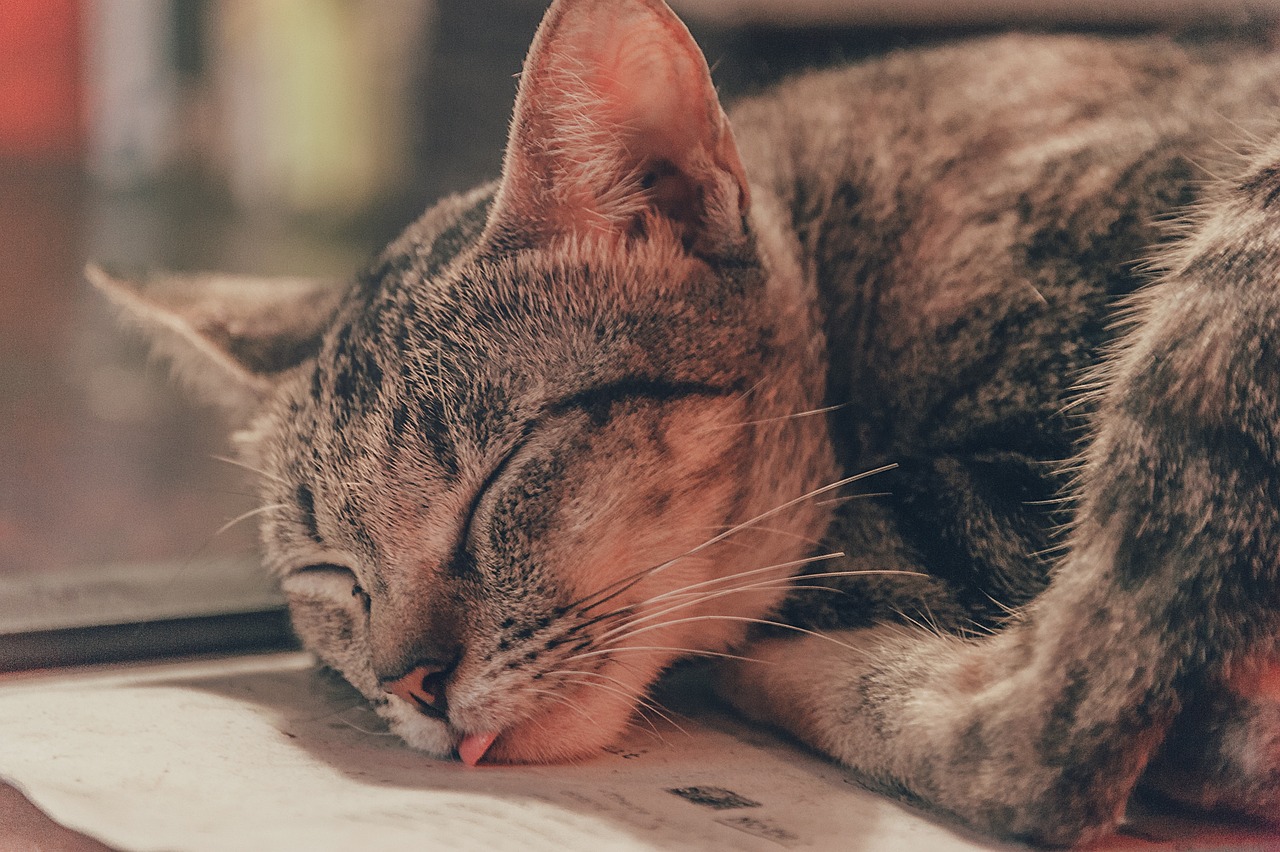
Your cat’s wandering through the same boring hallways every day. They sleep in the same spots, do the same routine, you name it. If they have just been getting a little tired of the same old, they might move their napping spot just to spice things up a little. This can also be chalked up to a “just because” mentality.
Well, cats can sleep anywhere from 12 to 16 hours a day. That adds up to a lot of naps! When you clock that many zzz’s, probability says that some are bound to end up in unexplained places. With so much sleep time, variety becomes inevitable.
Cat’s natural curiosity often leads them to explore and settle in bizarre places. They love investigating new hideouts. Here’s how curiosity influences their resting spots: Understanding these behaviors can enhance the bond with your pet, as you discover more about the allure of their sleeping choices.
Attention-Seeking Through Strategic Positioning
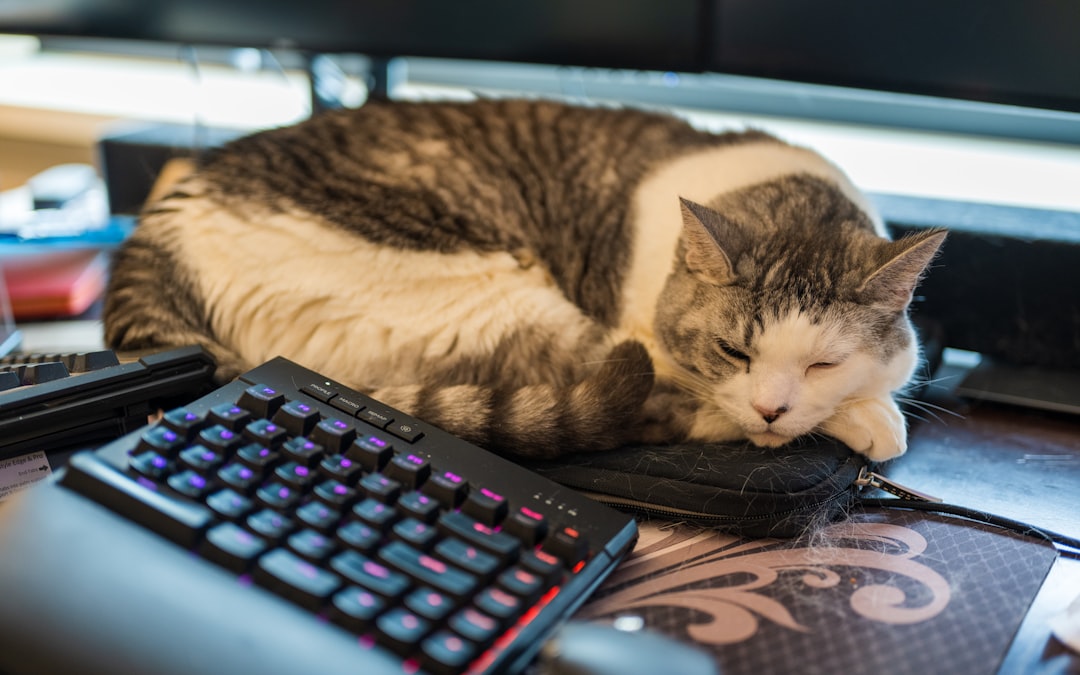
Cats are good at getting noticed. They often position themselves in a way that makes people look at them. Cats that want attention are skilled at finding places that might annoy or bother their owners. That keyboard nap isn’t accidental – it’s calculated.
Cats often enjoy interacting with their humans, and sitting in the middle of your clean laundry gives them a perfect opportunity to spend time with their favorite person. Some cats sit in the laundry basket and make a game of allowing their humans access to the contents, batting at socks and shirts as they leave the basket to be ironed or folded.
Your cat knows exactly where to position themselves for maximum impact. The important paperwork on your desk, the clean clothes you need for work, or the laptop you’re trying to use all become prime real estate. This isn’t random – it’s their way of saying they want your attention and interaction.
Understanding your cat’s seemingly bizarre sleeping choices reveals the complexity behind their simple desire for safety, comfort, and connection. These behaviors aren’t quirky accidents but carefully considered decisions based on millions of years of evolution and their deep bond with you. Rather than fighting these instincts, embrace them by providing cozy alternatives that meet their needs while protecting your belongings. What’s your cat’s strangest sleeping spot choice?






